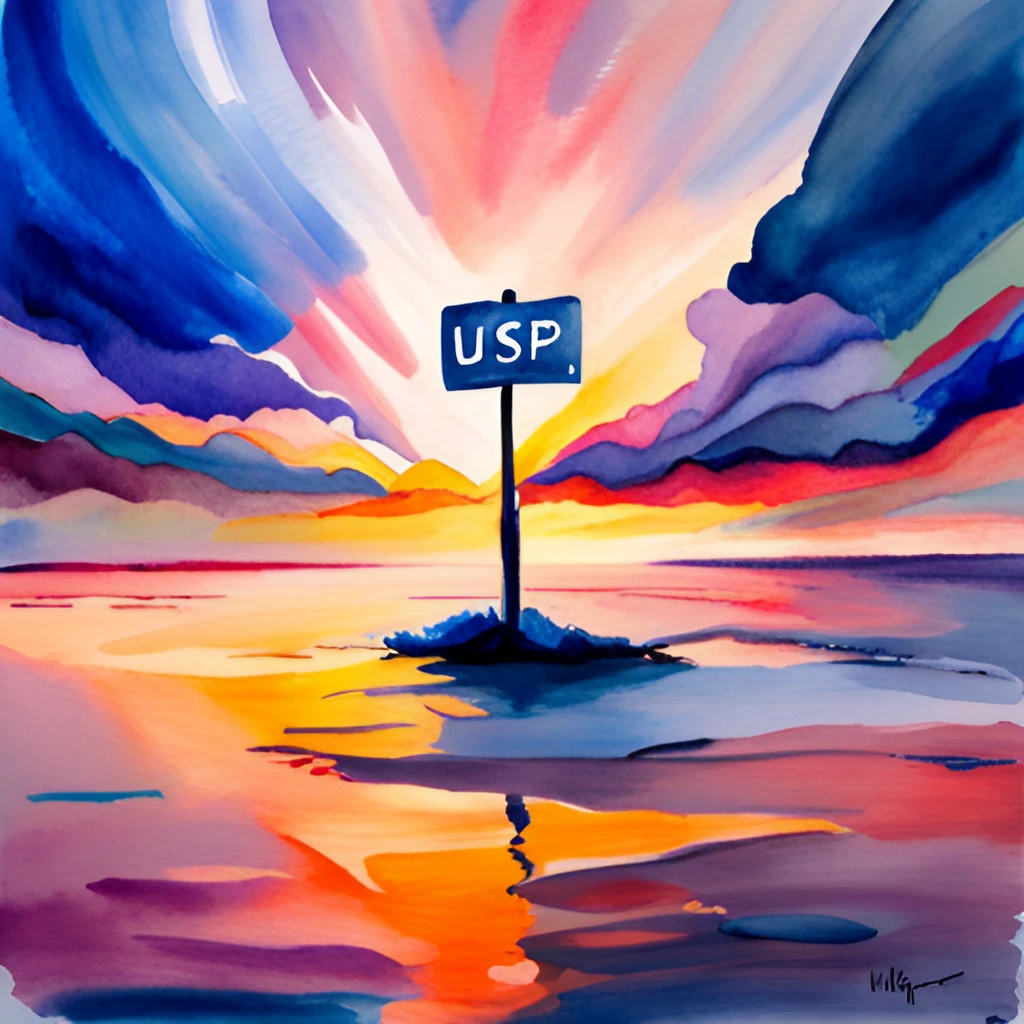Pretend you’re Farmer John.
You’re at a farmer’s market, selling your homegrown tomatoes.
To your left is another tomato stall. A few vendors in front are other farmers also selling tomatoes.
A customer walks up to your stall.
She looks at your ripe red produce. Picks one up. Scrutinizes it.
The woman turns to you and asks, “What makes these so special?”
What will you tell her?
Would you tell her you grow them organically? Or argue your tomatoes are juicier than others?
What is it that sets you apart?
A USP, or Unique Selling Proposition, is what makes your product or service distinctly different from your competition.
Why do you need a USP?
Having a USP is like having your own branded storefront to sell whatever you want, even tomatoes! Customers visit your store to buy YOUR tomatoes, nobody else’s.
Your unique selling point (USP) is what makes you stand out. It’s the reason potential customers pick your product or service over others, saying, “I want this instead of that.”
A strong USP focuses on your strengths, drives growth, and builds customer loyalty. Even with the best product or service, without a clear and impactful USP, there’s a disconnect between your goals and what you achieve.
To hit your targets and grow a solid branding voice, nailing your USP needs to be a top priority.
7 Brands That Nailed Their USP
1. Apple
No surprise Apple makes an appearance on this list. Their USP centers on innovation, creative expression, and seamless user experience.
One look at an Apple product (even during their early days) and it was clear they offered game-changing design. They wanted things to be simple too. A seamless user experience was another important point in their offerings.
Their famous slogan, “Think Different” also lets customers buy into the promise of creative expression. They tapped into the “rebel” side, appealing to the ones unafraid of the status quo. Customers who saw themselves as misfits identified with the company.
How many Apple products do you own? Chances are, if you’re a fan of the company, you love how everything is integrated so it’s in one ecosystem. This interconnectedness adds to their unique selling point since they were among the first companies to take advantage of this setup.
Consumers buy into Apple’s USP so completely that anytime Apple releases something, no matter the price tag, there’s going to be a line of people waiting to get their hands on the product.
2. Coca-Cola
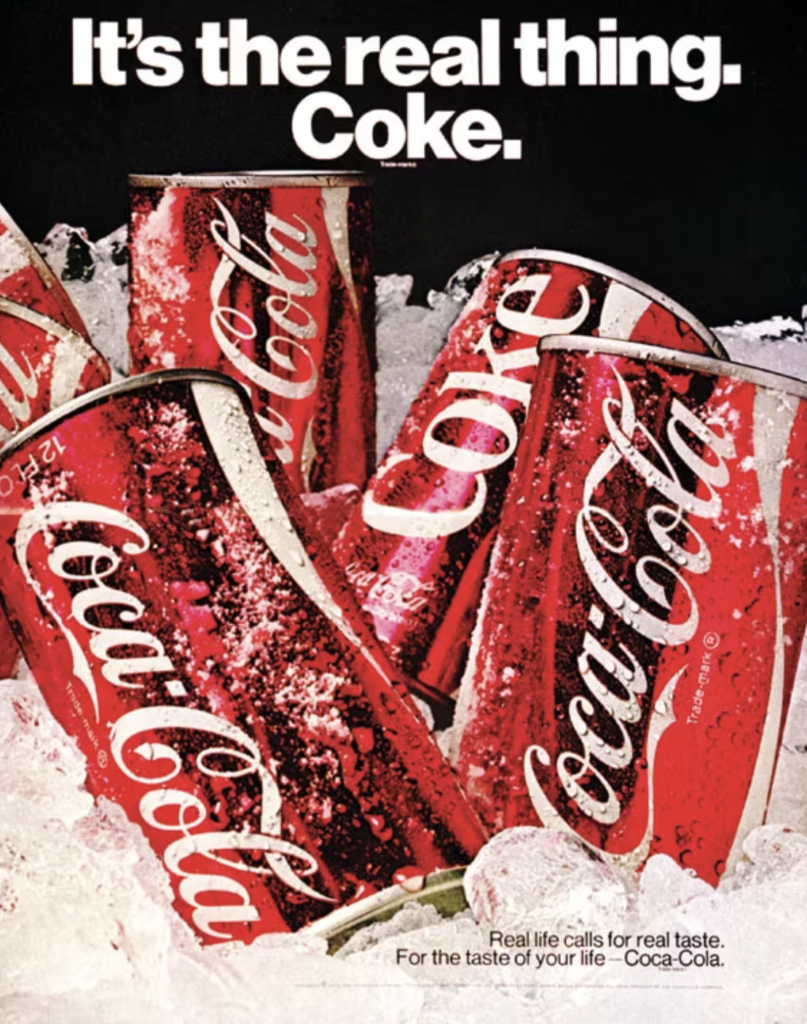
Source: Creative Review
What do you think of when you drink a Coke? The refreshing taste? That “It’s The Real Thing”? Usually, a good USP is so embedded in the psyche that customers don’t even think about it anymore.
With Coke, they’ve created an emotional USP, that centers on connection using themes like joy, family, happiness, and togetherness. They reinforce this in their marketing campaigns by showing that a Coke isn’t just another beverage on the shelf, it’s an ever-present drink in life’s most special moments.
3. Nike
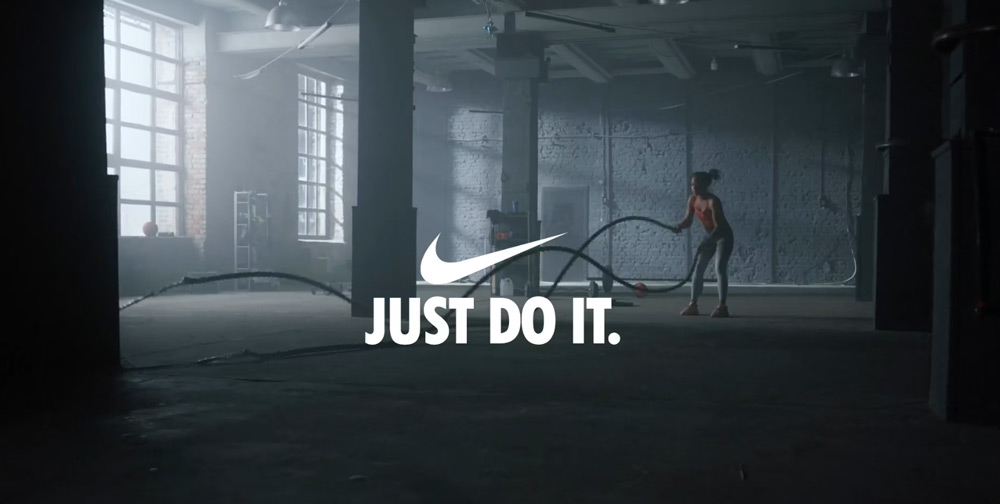
Source: Knows Digital
Another company with a strong USP, Nike centers their selling point on personal empowerment and inspiration. “Just Do It” captures this perfectly, motivating athletes (and non-athletes) in everyday life and appealing to the consumer’s desire to overcome challenges.
Real people look to Nike if they want quality athletic products but also because they buy into the idea it helps them achieve unique things.
4. Warby Parker
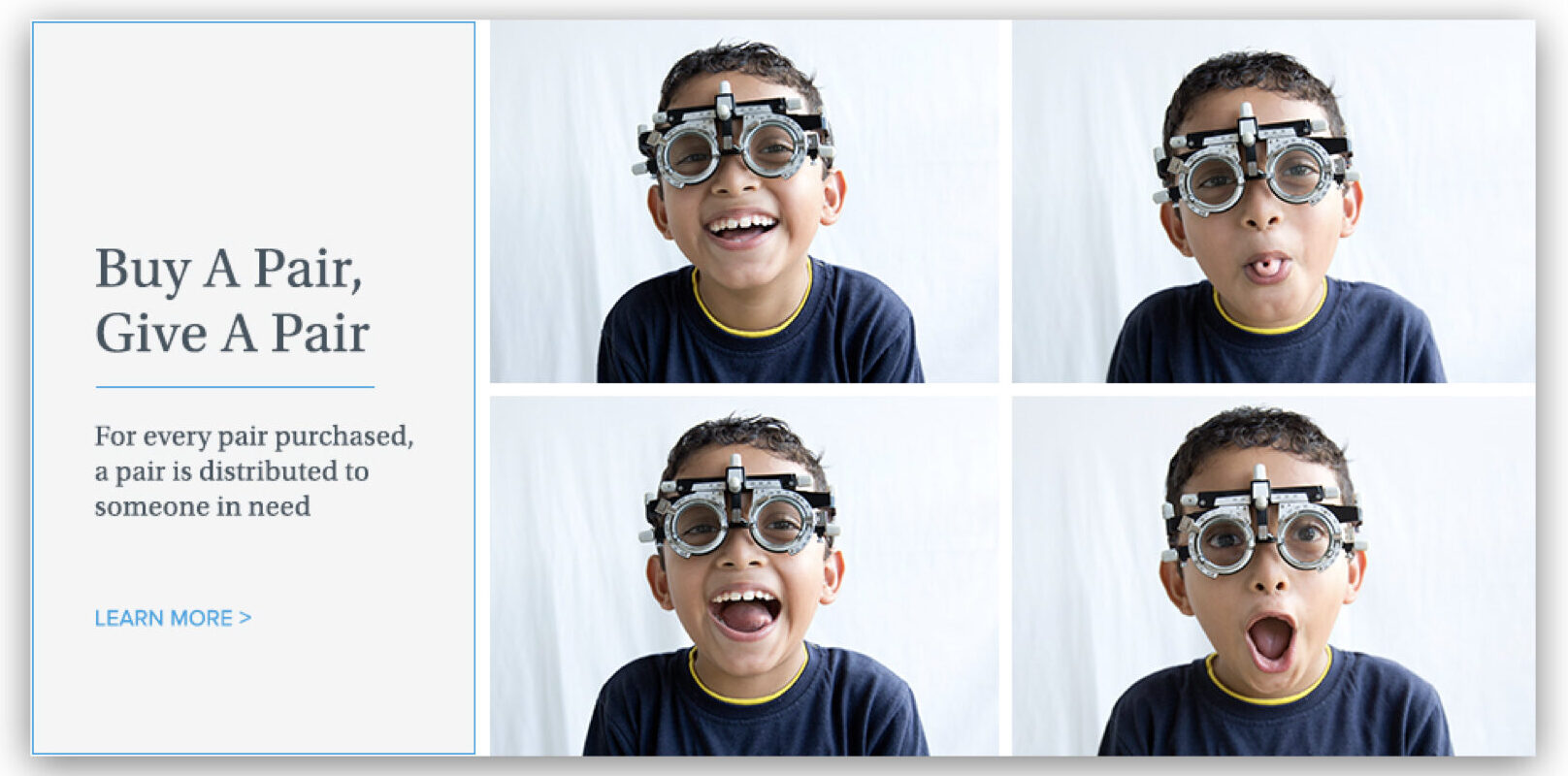
Source: G & Co.
Warby Parker disrupted the designer eyewear industry when it came out in 2010. They were committed to affordability and convenience. By shipping glasses directly to consumers, they could offer them for a fraction of the cost.
Regular designer prescription glasses cost anywhere between $500 and up, but with Warby Parker, because they designed their frames, they could offer the price of their glasses starting at $95 only. This is a huge cost savings for having quality prescription glasses that look great too.
Another way Warby Parker positioned their USP is by making it easy to buy. Instead of having a physical shop, the company focused on online retail when it first started, gaining a strong following.
Doubling down, they added a marketing USP, offering customers a “home try-on” program where the company ships five pairs of eyeglasses to the customer free of charge so they can choose. If they don’t like any of them, they’re also free to return the glasses without any charge.
Finally, they added an emotional USP, their Buy a Pair, Give a Pair model, where they partner with nonprofits like VisionSpring and LV Prasad Eye Institute (LVPEI) to give away free eye care or free glasses to those who can’t afford it. This move has gained the company a lot of loyal fans particularly those who value ethical business practices.
5. Lush Cosmetics
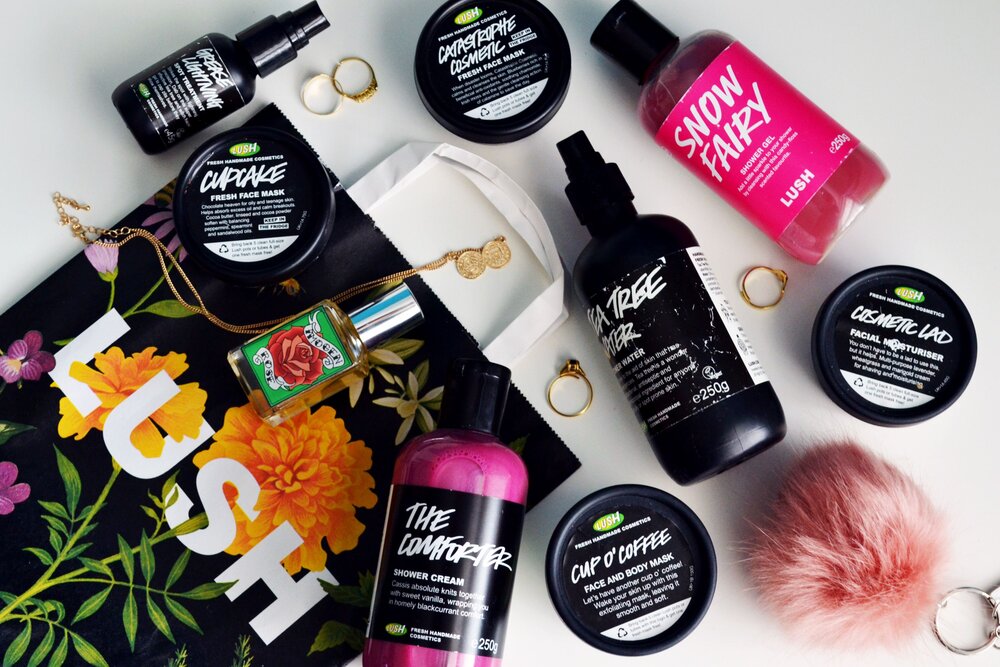
Source: Project Animal Freedom
One way to set your branding apart is by making a strong commitment.
For Lush, their commitment to handmade products and ethically sourced supplies distinguished them from other cosmetic brands. Their willingness to share their process and where they source their products brings customers outside in.
This unique stance resonates with customers who prioritize eco-friendly products and will support a brand that will do the same.
6. Patagonia
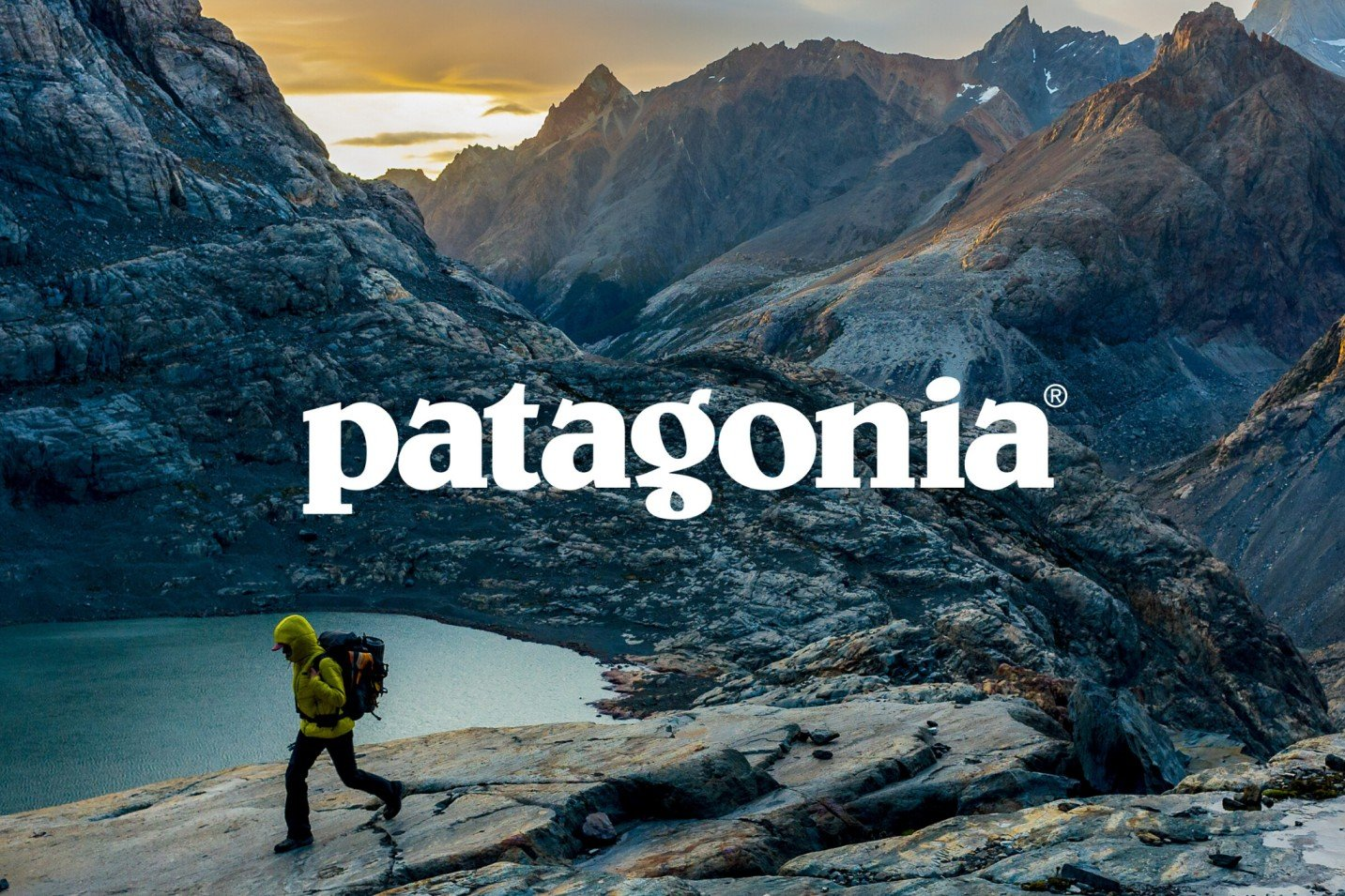
Source: Design Stripe
Patagonia emphasizes ethical practice and environmental sustainability in its USP. If you notice, it’s not a product or service but it’s their reason for existing.
The brand appeals to environmentally conscious customers dedicated to buying sustainable products. Their USP aligns with their brand values, positioning themselves as more than just a clothing company but a lifestyle brand. It’s no surprise they’re considered the leaders in the outdoor apparel industry.
7. Dyson
Dyson positions their USP in the heart of innovation.
They’re known for developing cutting-edge products, even redefining how they function and how they look. Years ago, you never would have thought that fans could go bladeless or that vacuums wouldn’t need bags at all! But Dyson has made this possible while also solving everyday problems of cleaning and convenience.
Aside from innovation, Dyson also emphasizes themselves as a premium brand. Their pricepoint is on the higher end but still, they’ve found a market that is loyal to their brand and will buy regardless of how much they need to shell out.
How to Create a Killer USP So Your Brand Stands Out
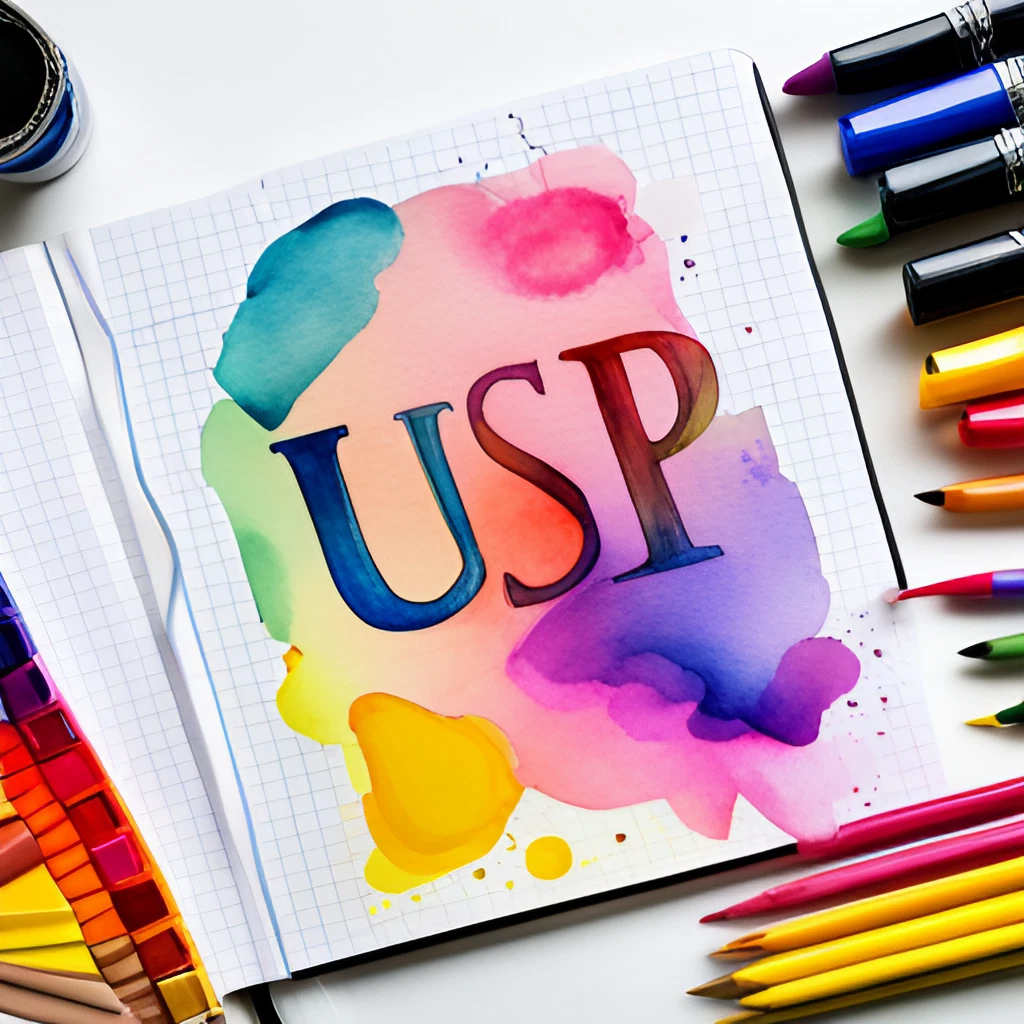
Understand Your Audience Inside Out
Any USP won’t survive if you’re targeting the wrong people. Figure out who your customers are and what it is they need. Make use of surveys, analytics, feedback forms, or interviews to gain insight into what customers value in a product or service.
Check Out The Competition
Want to make your brand stand out? You have to look at what your competition is doing and do what they’re NOT doing. A competitive analysis will help you find cracks in the market that you can fill in.
It’s tempting to look at competitors and fashion your USP the same way as theirs. But, this won’t work. You need to look at how you can distinguish yourself and the opportunities you can present to your customers that others can’t do.
Figure Out What Makes You Special
Speaking of differences, a great USP shows off your most identifiable services or features. Write down any distinctive features like long battery life or high-quality materials.
You can also differentiate yourself by price point, quality of service, etc. Sit down and list everything you can think of. Knowing what you’re passionate about and centering your USP on that can also help.
Create Your Brand Story
A strong brand story produces an emotional impact on your customers. Telling your story is important if you want your USP to be effective. By choosing to share your own story or a compelling brand narrative, you can resonate better with your audience.
Share why you created the brand in the first place and what drove you to push against all odds. This can become your unique selling point and make you unforgettable.
Get Feedback Then Fine Tune
Validating your USP against the real world needs to happen. You can’t just craft a USP and stick with it forever, hoping customers will get it too. A/B test using different messaging strategies and see which one clicks with your audience.
Consistently monitor metrics and analyze the data you get. Over time, you’ll refine your USP to ensure you are on point with your brand messaging.
Wrapping Up
Farmer John’s selling point could be that his potatoes are organic and pesticide-free. Or maybe he sings them sweet lullabies in the mornings and wishes them a good night in the evenings, that’s why they are so healthy, plump, and juicy!
A strong selling point can serve as a guidepost for all of your marketing campaigns and brand strategy moving forward. That’s why it’s so crucial to get it right.
—
Already have a strong USP but want to translate it into your creative marketing designs? Get expert help with Nicole Steffen Design.
We can help you create designs and campaigns that resonate with your core audience.
Book a short call with us right now. No commitments. Let’s figure out how to make your brand truly succeed.

